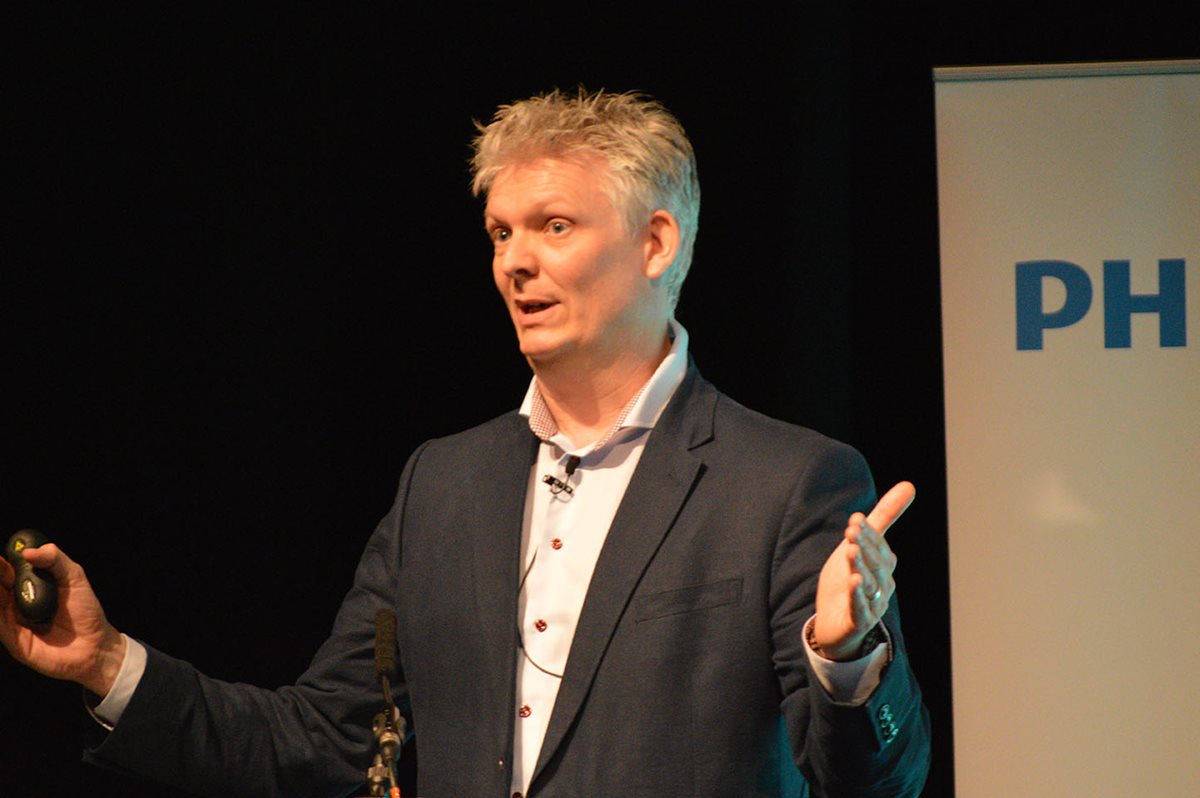This was the conundrum the team at Derby Hospitals NHS Foundation Trust faced when trying to tackle their overflowing list of patients.
David Tipper, Clinical Services Manager at the Trust, explained that in response to “full car parks, full beds and full waiting lists”, there needed to be new thinking around the way the hospital managed its resources.
“There’s a recognition resources need to grow, but that costs money and time, and there’s also a recognition we need to do more with what we have,” he commented.
David emphasised that the key to getting on top of the workload was managing the existing work in the system, before anticipating what was coming further down the line, and deciding whether it could be allocated differently.
“If we can’t manage the work that’s already in the system then how are we going to manage work we haven’t seen yet?” he said.
In Derby a spreadsheet with all of the information from the radiology management system is used to keep track of demand during every hour, day, week and month.
This spreadsheet goes into granular data about each modality and treatment type, including time resources needed, allowing the Trust to make accurate decisions on capacity and resourcing.
“You need to get used to plotting demand for all your modalities, then plotting demand across all specialties, then dig deep into all of those and look into all your demand for all your different examinations,” said David.
One area where the Trust has made significant improvements is in the pathway for prostate patients.
The Trust was only meeting the 62-day standard compliance time 48.6% of the time, but by the end of the 2015 had bumped that number up 70%.
“We’ve significantly improved across the board to 70%, and that’s improving day by day, week by week and month by month.”
This was achieved with a simple shift in the order of the patient pathway.
The Trust has also had success in saving resources using a technique David called ‘coupled diagnostics follow-up appointments’.
This involves the patient booking and organising follow-up appointments and receiving relevant information for their next treatment whilst physically at the hospital.
The knock-on effect has been a massive reduction in referral to treatment time and non-attendance of appointments.
“The patients love it and the consultants love it, because patients never turn up without results” said David.
